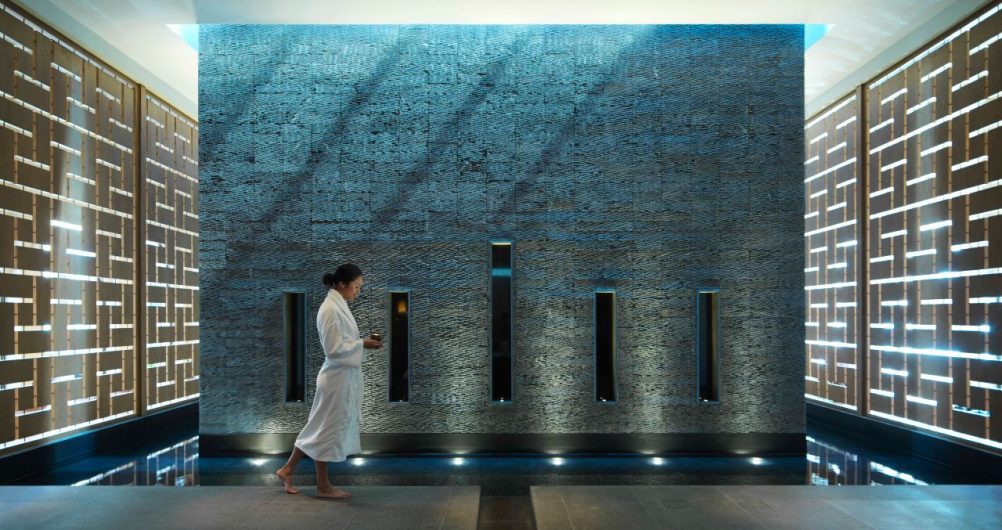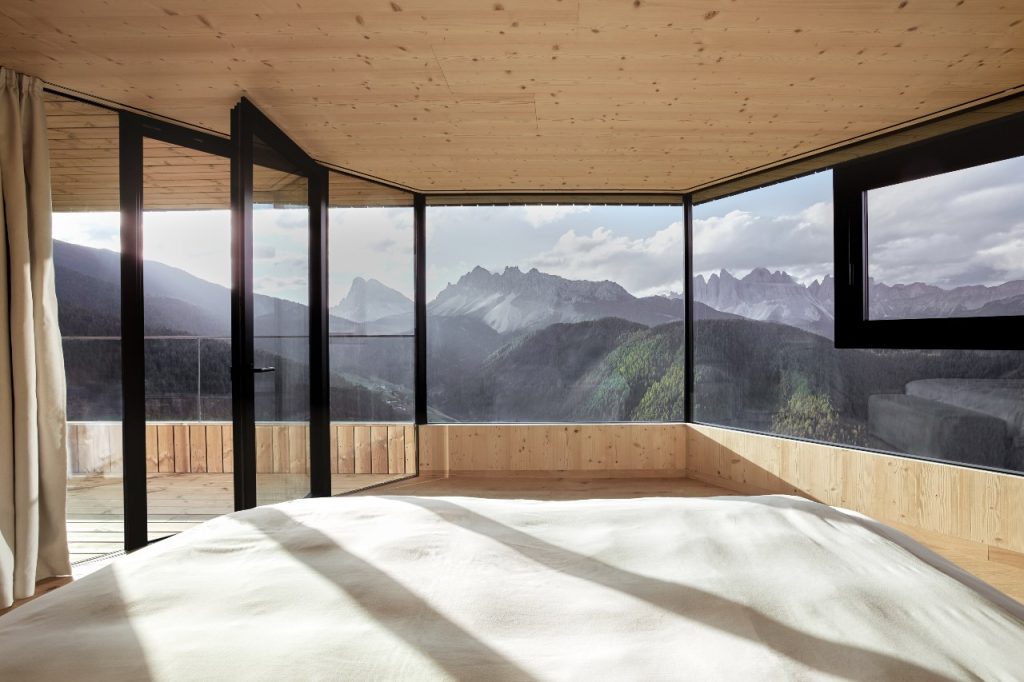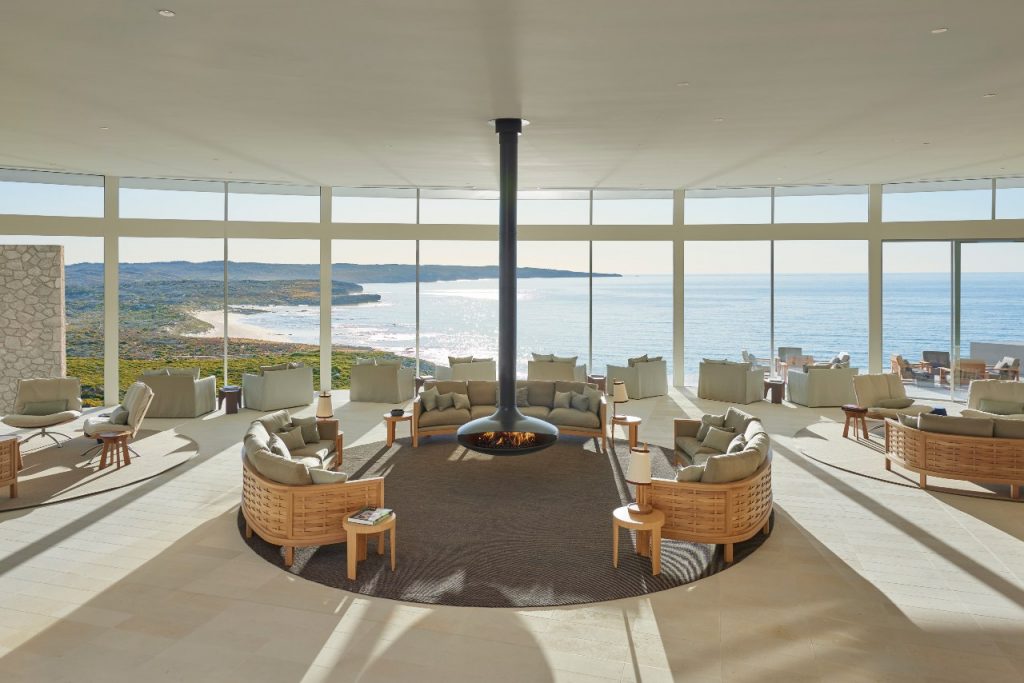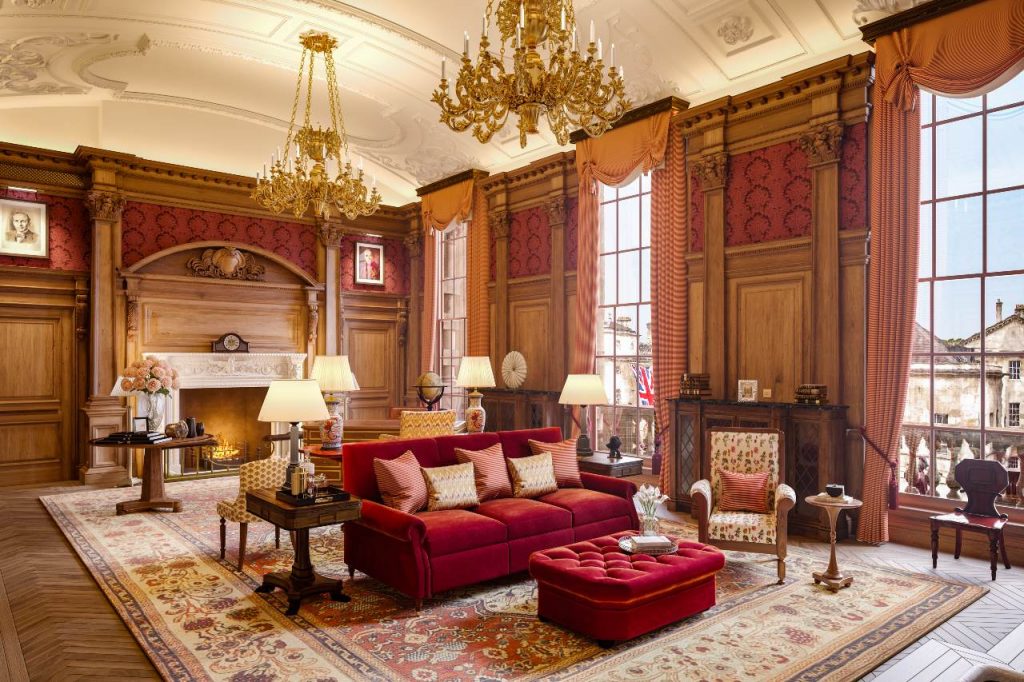What’s next in wellness travel
The spa boom just keeps getting bigger
Words by Ute Junker
Photos supplied
This story first appeared in Traveller
Spa travel is booming. From 2017 to 2019, wellness tourism grew eight per cent annually to a total of $720 billion, according to the Global Wellness Institute (GWI). Those figures are set to soar even higher over the next few years. GWI projects an extraordinary annual growth rate of 21 per cent through to 2025, driven by pandemic-linked changes including increased interest in natural and sustainable getaways as well as a fresh focus on mental health.
“The pandemic has created more anxiety and depression, but it has also made people much more aware of what’s not working in their lives – whether that’s work, relationships or within themselves – and consequently they are seeking out more help,” says Caroline Sylger Jones.
The founder of the Queen of Retreats website (queenofretreats.com), Sylger Jones says that multi-day retreats which offer a disconnect from daily life are booming. They are also becoming more diverse. A decade or two ago, retreats were a niche market, usually focused on yoga or fitness. These days, many retreats harness the power of creativity instead, in a whole range of ways.
“There are retreats focused on creative writing, painting, photography, gardening, which is very encouraging,” she says. “One person’s yoga may be another person’s pottery.”
Creativity isn’t the only new item on the menu. Many providers are taking a fresh look at traditional healing, including everything from sweat lodge ceremonies in Mexico to Ayurvedic treatments in India. “There is a lot of interest in local indigenous therapies, in grandma’s recipes,” says Gao.
At Anantara Chiang Mai in Thailand, for instance, guests can choose from a massage using herbal poultices made with the anti-inflammatory herb plaito; opt for “fire therapy” using heated iron based on practices of the Lanna people; or tok sen therapy, where the energy points of the body are stimulated using a small mallet and wedge.
Modern science is being embraced as enthusiastically as ancient wisdom, as we learn more about how our bodies work, from our brains to our guts. One of the world’s leading wellness companies, Six Senses, even has its own scientific advisory board. Six Senses CEO Neil Jacobs says that many of the company’s medically-based approaches work towards one overarching goal: the desire to live not just longer but also better.
“We know that health practitioners will be able to keep us alive until we’re 120, but it’s about quality of life,” he says. “We know that 70 percent of all ailments can be dealt with by behavioural change; there is a growing awareness of what’s possible. Ninety is the new 40.”
Longevity programs are rolling out across Six Senses resorts, with consultants will putting together a personalised program for each client that may include circadian rhythm training, a nutritional plan, mindfulness and meditation, and energy medicine treatments.
Six Senses is also a leader in the move towards urban wellness. No longer do you have to head to a tropical destination to enjoy cutting-edge treatments. Instead, companies such as Aman and Six Senses are coming to you. London, Rome, Lisbon, Shanghai and Austin are just some of the destinations where Six Senses properties are in the works. Jacobs says these urban retreats are a way to build stronger relationships with existing clients as well as attracting new ones. “If you have a Six Senses in your hometown, it allows you to go a resort and continue the work when you return home,” he says.
For all the cutting-edge techniques being adopted, wellness resorts are also going back to basics. One of the biggest trends is the embrace of nature seen at resorts such as Joali Being. Susanne Fisch says that the island’s lush vegetation is an integral part of the healing experience.
“We have so much research on the benefits of being close to nature. It lowers your blood pressure, it calms down your brain waves,” she says. “That’s why everything in the resort is based on biophilic design, form the high ceilings and glass that let in natural light to the natural textures and patterns that invite you to touch them, to reconnect.”



